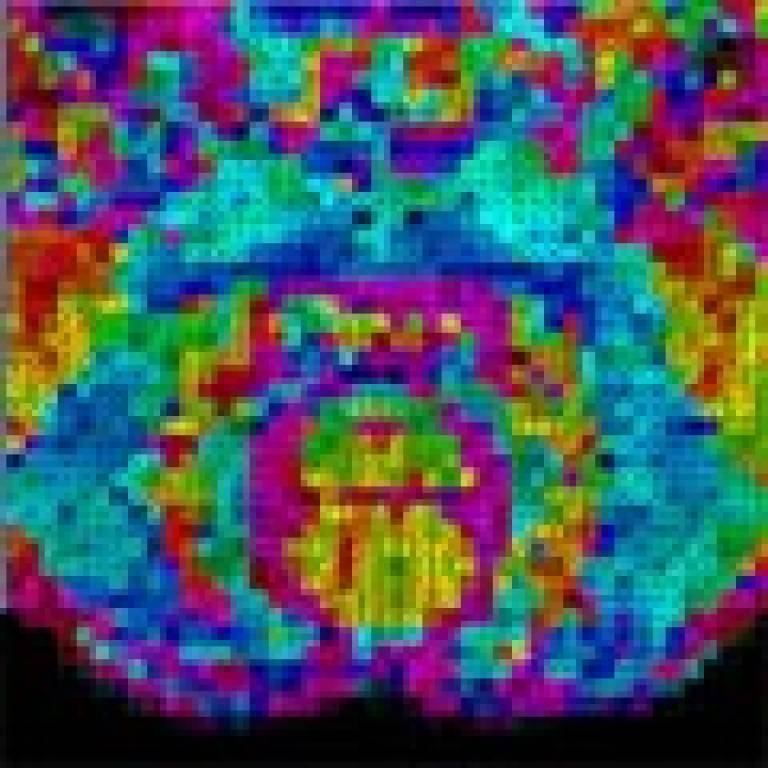Imaging centre opens
14 April 2011
Links:
 ucl.ac.uk/cabi/" target="_self">
ucl.ac.uk/cabi/" target="_self">UCL CABI
Dr Mark Lythgoe
The UCL Centre for Advanced Biomedical Imaging (CABI), a new multidisciplinary research centre for experimental biomedical imaging, held its official opening this week.
The collaborative approach of the Centre brings together technology and expertise from world-class research groups across UCL, aiming to develop and apply different imaging technologies to a broad range of fundamental and applied research areas in order to enhance human well-being.
Commenting on the opening, Dr Mark Lythgoe, Director of CABI, said: "Biomedical imaging is an interdisciplinary field that brings together medicine, physics, engineering and sometimes art. It is this combined approach that is embraced by CABI".
"In the last 100 years, biomedical imaging has undergone phenomenal developments - from X-rays to MRI scans - affording images of cellular structures, brain function and even human development. These images have changed our understanding of the human condition, providing a bridge between the invisible and the visible."
To view a slideshow of CABI research images, click on the player below and select 'show info' for explanations
Examples of current CABI research include:
Cardiac imaging
Beating 10 times faster than the human heart, scientists can now capture a mouse heart beat in literally the blink of an eye using a state-of-the-art Magnetic Resonance Imaging (MRI) system.
Cancer imaging
A new technology - photoacoustic imaging - combines laser light with the reception of ultrasound, to detect the network of tumour blood vessels and monitor the instantaneous effects of cancer therapy.
Imaging transgenics
3D micro magnetic resonance imaging techniques visualise tiny changes in brain and heart structure - one way CABI scientists are using this technology is to look at the effects of genes responsible for hole in the heart in babies.
Nanomedicine
Superparamagnetic iron oxide nanoparticles which become magnetic in the presence of a magnetic field can guide tagged cells and steer them to sites of tissue damage using an MRI scanner - a new technique known as Magnetic Resonance Targeting.
Neuroimaging
In combination with optogenetics, functional MRI can now potentially investigate aspects of the central nervous system which have previously been impenetrable.
Nuclear imaging
By attaching a radioactive particle to a molecule, antibody or cell, we can track molecular and cellular process within the living body - providing an early diagnosis in cancer patients and imaging novel cancer therapies.
UCL Context
Scientists from the UCL Centre for Advanced Biomedical Engineering (CABI) work in close collaboration with
other groups within and beyond UCL. CABI is supported by funding from a
number
of sources including the British Heart Foundation, the Medical Research
Council,
the Engineering and Physical Sciences Research Council, the
Biotechnology and
Biological Sciences Research Council and Cancer Research UK.
Related news
Joint
venture in world-class medical imaging
Mapping
the brain
 Close
Close

